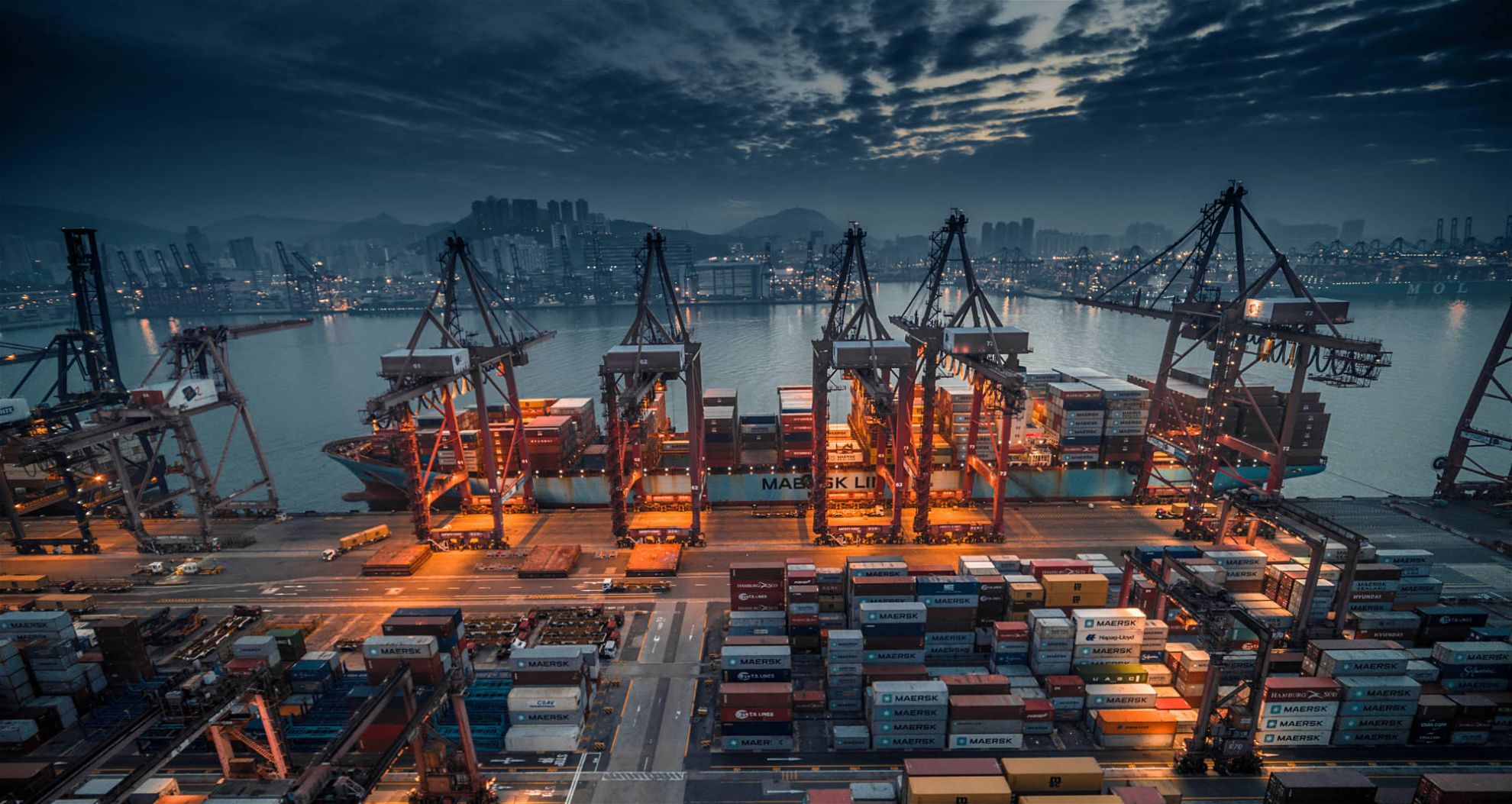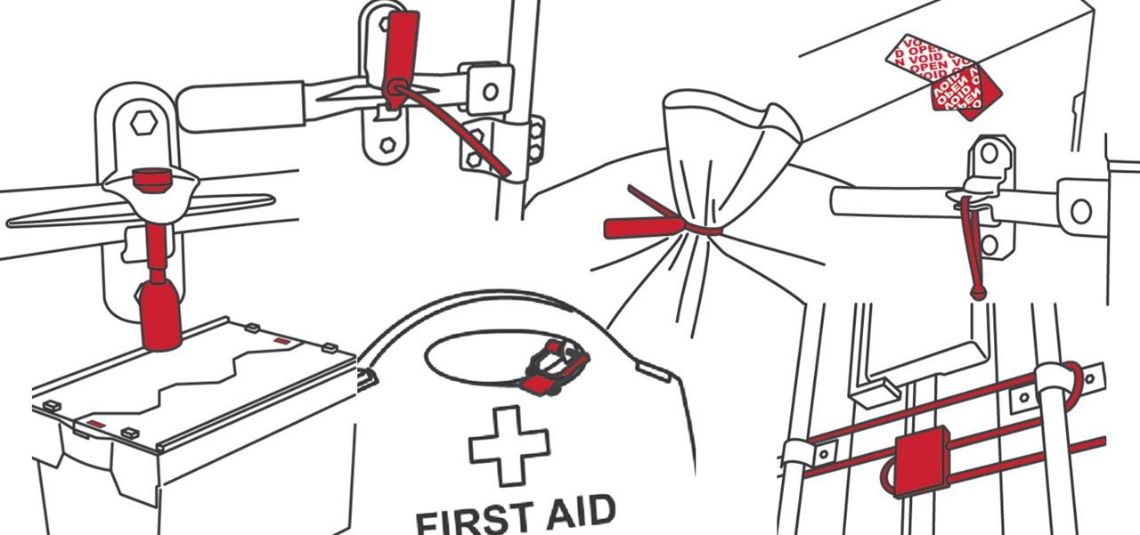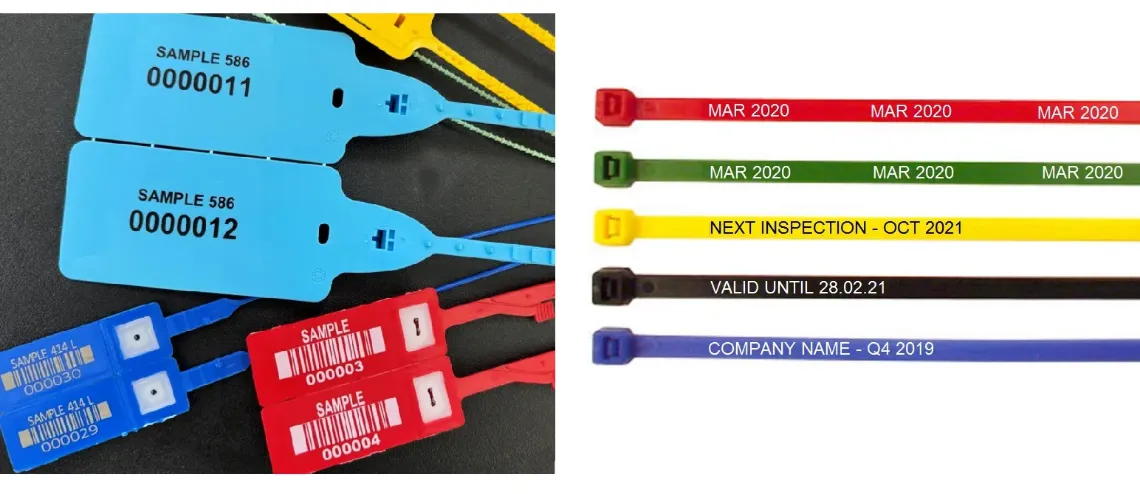Email us
Call us
01829 760000
What are Security Seals? Understanding Types, Uses, and Importance
Security seals are essential tools in safeguarding goods, ensuring integrity, and preventing unauthorised access across various industries. In this guide, we will dive into what security seals are, their different types, applications, and their significance in today's security landscape.
Sunday, April 20, 2025Types of Security Seals
The range and different types of security seals and tags can be confusing to the uninitiated, so we have produced the below quick visual guide for understanding some of the key differences, and how particular types of security seals might be suited to use cases in your organisation. For further help and assistance, please contact us at [email protected]
 | .png) | .png) |
| Plastic Indicative Seals, 2 types: (1) Pull-Through Seals seal through locking chamber & pull progressively tighter, suitable for sealing of mail & cash bags; (2) Fixed Length Seals form a fixed loop, suitable where over-tightening might cause accidental breakage in transit (such as trailer hasps). | Security padlock seals are fixed length seals which are small and suitable for sealing of small enclosures like trolley apertures, first aid and other equipment kits, security bag zippers etc. They can easily be sealed and broken by hand for quick and convenient application. | Bolt security seals provide barrier control for shipping containers. They consist of a counterpart barrel and pin with duplicate numbering, sealed together and requiring bolt cutters to remove. They must meet ISO17712 high security standards and are suitable for cross-border customs movements. |
 | 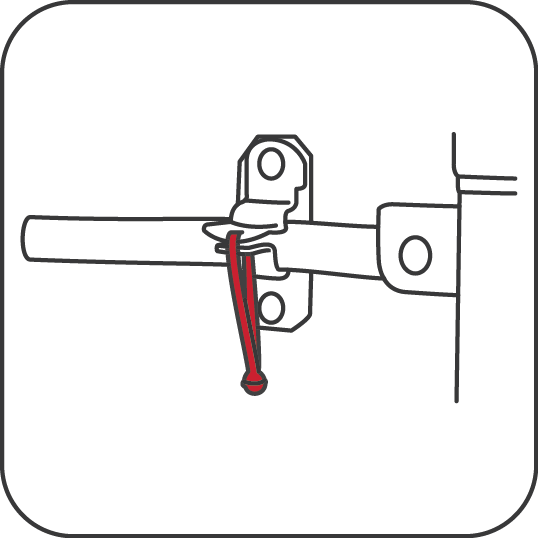 | 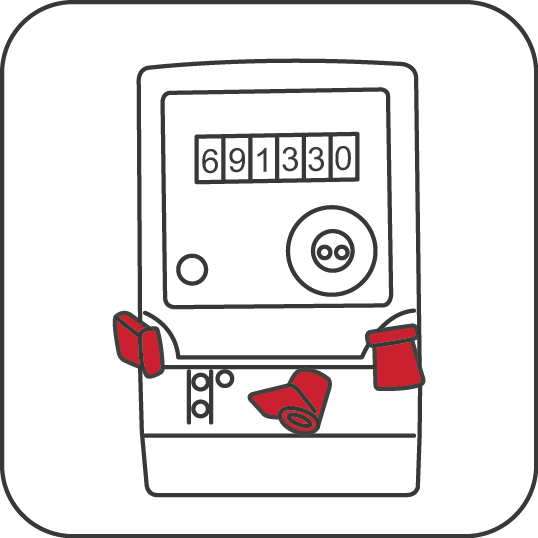 |
| Metal Cable seals are strong barrier seals, and in their heavier gauge options (Flexigrip 325M and Flexigrip 500M) are also ISO17712 'High Security' approved for customs movements. The pliable wire cable can be flexibly used to seal through hasps and around vertical locking bars, providing increased security. | Metal strip seals are useful option between plastic indicative seals and heavier duty cable and bolt seals - they provide a higher tensile strength of between 50KgF - 100KgF compared to plastic seals, but are most cost-efficient compared to cable and bolt seals. Their thin straps make them well-suited for sealing small apertures, such as TIR cords and railcars. | Meter wire seals are products suited to sealing utility (gas and electric) & taxi meters. They range from simple plastic and metal seals which can be crimped onto sealing wire with pliers, to more sophisticated self-locking seals with inner mechanism. Wire seals are produced with narrow gauge wire to fit through the small apertures of meters (<1mm). |
 | 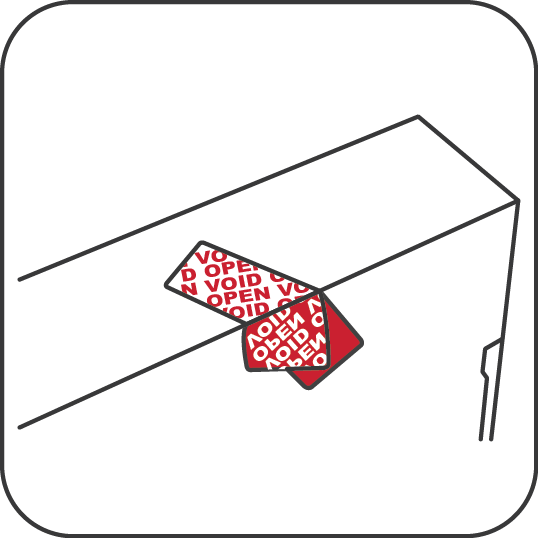 |  |
| Tote box plug seals are a specific type of fixed length seals designed to securely seal the lids of attached lid containers (ALC's) firmly shut. Plug seals seal down flush on to lids, making stacking of tote boxes easier, and can also be produced with paired numbering to seal both of end of the crate with the same security number. | Security labels and tapes are their own category of security seals which work on the basis of their tamper-evident film and adhesive properties, rather than by mechanical anti-tampering. By their nature, they are suitable for sealing flat surfaces, such as carton and pallet seams and edges. | Electronic seals are their own subset of security seals which use electronic sensors to detect a tamper-evident state. They are generally reusable seals with a higher initial cost which is spread over many thousands of uses. |
Our friendly and knowledge team would be happy to discuss your security seals needs - please contact us at [email protected] or +44 (0) 1829 76000.
Display
per page
Cargo Security: Sealing Vans, Trucks and Trailers
Securing your assets against theft and interference whilst in transit is more important than ever in our globally-connected world. Security seals are an important part of the security process; helping to ensure that your goods arrive at destination as expected, without delay.
Security seals come in various forms to suit particular applications, and in this article we run through the different types of seals which are suitable on various forms of road transport vehicles.
Transit and Small Van Security | |
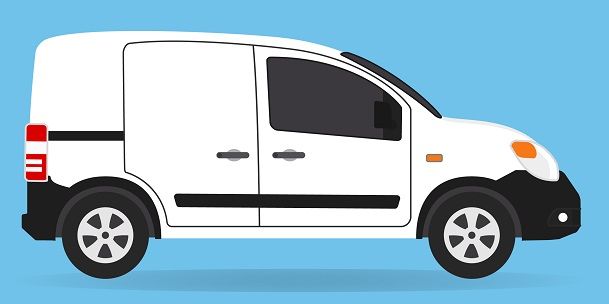 | Security LabelsSmall transit and other small courier vans do not feature locking hasps or other features which would allow for sealing by way of an indicative pull-tight or fixed length seal. Instead, non-residue security labels can be placed on the seam of vehicle doors, preventing access without removing the label and de-facing the surface, leaving a VOID message through the seal. Non-Residue labels have the advantage in that they do not leave a residue on the surface of the doors, avoiding damage to paintwork. |
Vans with Roller Door Shutters |
|
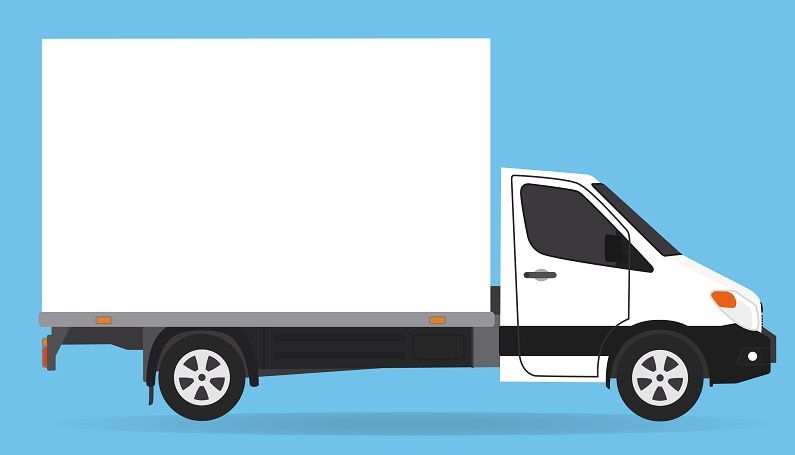 | Indicative Pull-Tite SealsVans and other vehicles with roller-shutter doors feature hasp and staple-style locking arrangement. For these types of locks, we recommend use of a pull-tite or “pull-through” tamper-evident seal, which can be secured tightly around the mechanism, preventing interference by opportunists. Pull-through seals are available in many different sizes and configurations. We hold most items in our UK warehouse; alternatively, we can customise with your bespoke marking, logo and custom numbering. |
Articulated Lorry Trailer Doors | |
 | Fixed-Length / Ring SealsTrailer doors are available with a number of different locking mechanisms, and so the preferred security seal will depend on the mechanism in question - either pull-through or fixed-length seals are recommended. Fixed-length or "ring" seals, form a secured loop through a locking aperture. Ring seals do not “pull tight” around the locking arrangement, meaning that they can be freely rotated, checked and inspected for signs of tampering more easily. |
Curtain-Siders | |
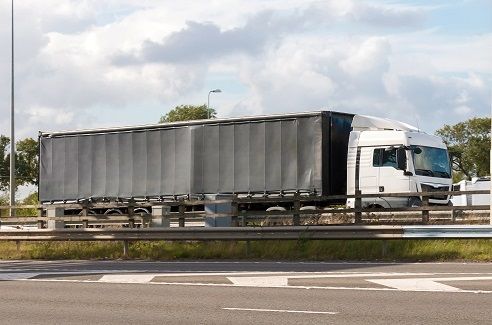 | Fixed-Length Seals and TIR CordsCurtain sided trailers are best secured using a TIR cord to pass through each of the buckles along the trailer, looping around so that TIR fasteners can be secured at the back of the vehicle using a plastic indicative fixed-length seal. This ensures that the only way to access any side of the trailer is by way of breaking the seal, providing the audit trail required. |
Containers on Trailers | |
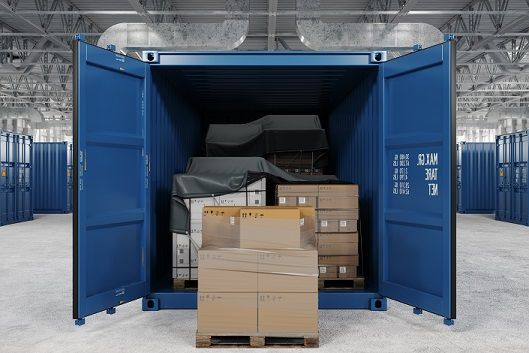 | High-Security Bolt Seals & Plastic Indicative Seals (empty loads only)Fully-loaded shipping containers which are being moved internationally require sealing by way of a security seal designated and tested as ‘high-security’ according to ISO17712 and CT-PAT regulations. Our high-security bolt seal is one of the most well-established on the market and fully compliant. For empty loads, we recommend use of plastic indicative seals – providing peace of mind that empty containers have not been accessed against the knowledge of the legitimate user, reducing risk of foul play. |
Open Top Containers |
|
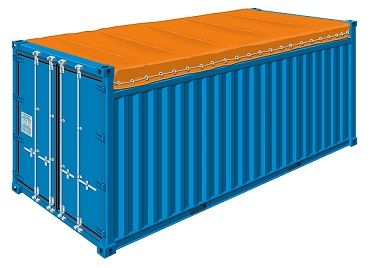 | TIR Cords & Plastic or Cable SealsOpen Top containers allow bulky items to be loaded directly from above. They usually covered and secured using a tarpaulin. TIR cords should be used to pass through the tarpaulin cover eyelets and around container corner posts or lashing rings. The TIR fasteners can then be secured with a security seal – either an indicative plastic seal, or where the goods are being shipped internationally, a high-security bolt seal or cable seal. |
Oil, Gas & Bulk Liquid Tankers | |
 | Flexible Cable SealsThe valuable and potentially hazardous contents of tankers are at risk of interference, theft and fraud, especially whilst in transit and away from the legitimate user. This makes it crucial that sensitive and valuable access points, such as valves, meters and hatches are strongly secured against tampering. Flexible, variable length and very strong cable security seals are ideal for ensuring such access points are secured against interference. |
Universeal is happy to explore suitable van, truck and trailer security solutions for your business- please contact us [email protected] or 01829 760000 to discuss your requirement for security seals and we should be happy to help.
Security Seals and Identification Tags: what’s the difference?
Security Seals and Identification Tags: what’s the difference?
To put it simply, security seals are used in applications in which a tamper-evident solution is required to ensure that the sealed items cannot be accessed without the knowledge of the authorised user. Identification ties, on the other hand, are products designed to fasten around bags, boxes and other items to keep them closed – they are not designed to be tamper-proof, although they can be uniquely printed to identify assets or communicate information to a user.
What is a security seal?
Security Seals; as the above suggests, are used to secure something: this could be anything from sealing a locking hasp on a door or a first aid kit, to a shipping container or oil drum.
A true security seal is not exactly designed to stop unauthorised access to something but rather to make it extremely difficult to access a sealed enclosure without the seal showing signs of having been tampered. This is achieved by engineering the security seal – and in particular its locking mechanism – in such a way that external manipulation is very difficult once the seal is in situ (without simply breaking the seal). As an example, our Tracewaste seal features an encapsulated locking mechanism to prevent tampering.
However, tamper-evidence alone isn’t enough. More often than not a security seal will have its own unique serial number. As an example, a logistics haulier might wish to seal curtain-sided lorries with a uniquely numbered security seal; record the particular serial number at its origin; and then ensure that the same seal is intact without signs of tampering at the arrival destination. This reduces the risk that unauthorised users might replace a security seal whilst in transit. As well as sequential numbering, users might opt to use their company logo / other markings to uniquely identify the seal.
Not all security seals are made equal.
Security seals are designed with particular applications in mind. Some seals, such as the Fireseal are designed for very low-break strength and are purely “indicative” in nature. They are easily opened, and particularly suited to applications where immediate access is required: sealing fire extinguishers, medical crash trolleys, and spill kits are all typical examples of their use.
Certain seals are intermediate in nature: combining indicative tamper-evidence with a medium-to-high level of physical strength (for example, featuring a pulling resistance of greater than 40 Kgf). Such seals require removal by way of cutting snips or by way of a specially designed tear-able parts of the seal. Our UNI-412 and UNI-413 seals are examples of such products.
At the other end of the scale, some security seals are designed with much higher physical resistance in mind, so that only specialist bolt and cable cutters are suitable to remove the seal. Specifically, in most cases where shipping containers are being moved internationally, security seals must adhere to the “high-security” ratings applicable within the ISO 17712:2013 standards. For example, our Locktainer 2020SH bolt seal is fully-compliant with ISO17712 and CT-PAT regulations. These regulations ensure that container seals have been rigorously tested for their strength properties and their resistance to common methods of interference.
You can read more about such compliance in our blog: Compliance with C-TPAT and ISO 17712:2013 Standards for High-Security Seals.
Security seals also come in different shapes and sizes. As well as the pull-through plastic seals and high-security bolt seals mentioned above, there are number of key categories for particular uses. For example, cable seals are used as very strong yet flexible, adjustable length seals with high pulling strengths, suitable for heavy-duty applications such as oil drums, high-security shipping, chemical tankers and many more applications.
Yet another type of security seal is our adhesive security labels and tape range, which can be applied to flat surfaces and which, when removed, leaves behind a residue as its tamper evidence. The residue will often have a word repeated in it such as ‘opened’ or ‘void’. Alternatively, the label itself can delaminate, so that this wording appears in the label itself, leaving the applied surface untouched.
Certain types of products also incorporate security seals and tamper-evidence within their design – for example, our re-usable security envelopes and mail pouches incorporate locking mechanisms which can be sealed using disposable security seals which can be snapped off and replaced.
Finally, a growing trend looking forward is towards electronic security:- electronic seals which incorporate technologies such as unique number generation for re-use, GPS trackers and RFID technology. IntelleSeal T is an example of an electronic seal for use on trucks and trailers.
 |  |  |
What are identification ties?
Identification ties and tags are normally used to fasten, enclose and identify a particular object or asset; or to communicate particular information about whatever is tagged.
The emphasis for identification ties is not in tamper-evidence – such ties are not designed to prevent illegitimate tampering. For example, because locking chambers are not designed to be tamperproof they can be manipulated (albeit only intentionally) so that ties can be unfastened and re-closed without the knowledge of the legitimate user.
However, for the likely uses of identification ties this is not a concern because the sealed item does not have intrinsic value; there would not be anything to be gained by tampering with the item. For example, typical uses include bundling or stowing wire cable installations; sealing of waste – including industrial and clinical waste bags; packaging of goods; inspection tagging; industrial equipment and low-value asset tagging. In such applications, the simple design of ties ensures that a solution is provided that is more cost-effective than a more sophisticated security seal.
Where identification is a primary concern of the user, flexibility of tie sizes and printing types also becomes an important consideration. Our range of identification ties are available in many sizes and with different print options – including sequential numbering, printed information, company logos, barcoding and more. For example, our printed cable ties are available in sizes 200x4.8mm, 300x4.8mm and 370x4.8mm to fit the required application. Our printed Tab Ties also offer even greater flexibility, allowing the printing of more detailed information on the tag end of the product, including bespoke barcoding, QR codes and logos as necessary.
If you have any questions about our range of security seals and identification ties, please feel free to give us a call on 01829 760000 or [email protected] to discuss your requirements.

